Carbohydrate content of infant milks
Lactose
Lactose is the major carbohydrate of human milk and cows’ milk and provides about 40% of the energy. It is also the main source of carbohydrate in the majority of infant milks. In order to achieve the desired level of carbohydrate in infant milks, lactose is usually added back to the skimmed milk powder base. Lactose has beneficial effects on gut physiology including prebiotic effects, softening of stools, and effective absorption of water, calcium and sodium (Koletzko et al, 2005). It is interesting to note that under new definitions of ‘free sugars’ provided by Public Health England, if lactose is added to foods this is now considered a free sugar (Swan et al, 2018).
Glucose
Glucose is generally not considered suitable for routine use in infant formula. However, some standard infant milks labelled as lactose-free, and soya protein based milks, have added glucose or glucose syrups, to achieve the desired energy intake with an acceptable level of sweetness. Infant milk with glucose as the main carbohydrate is likely to contribute to higher levels of dental decay in infants (Grenby and Mistry, 2000).
Fructose and Sucrose
Human milk does not contain sucrose or fructose, but contains small amounts of sugar alcohols, including inositol (see section 6). Fructose cannot be added to infant formula in the EU, and sucrose can only be added to infant formula made from protein hydrolysates where it represents less than or equal to 20% of total carbohydrate. There are currently no infant or follow-on formula milks on the UK market that contain sucrose. The use of fructose and sucrose are restricted as they could cause serious illness and death in young infants with hereditary fructose intolerance. Whilst hereditary fructose intolerance is rare, it could affect up to 1 in every 20,000 infants (Koletzko et al, 2005).
The consumption of sucrose and fructose by healthy infants does not have any advantage over the consumption of lactose and may, because of their greater sweetness, increase the preference for sweet tastes in infants (EFSA, 2014). Although fructose and sucrose are understood to play a role in the initiation and development of dental caries it is less clear whether infant formulas containing these sugars, given frequently to infants contribute to the development of early childhood caries (ECC). Inappropriate use of baby bottles, particularly the use of bottles at night and beyond 12 months of age has frequently been understood to play a pivotal role in the development of ECC, however, supporting epidemiological evidence is scarce. There has recently been much greater awareness that the development of ECC is multifactorial involving interactions between biological, behavioural, cultural, social and environmental factors (Gussy et al, 2006; Leong et al, 2013).
Maltodextrin & Starch
Maltodextrin is frequently used in infant milks as a carbohydrate source and is mainly derived from maize (corn) or potatoes. It is produced from starch by breaking up the carbon chains to change its structure. Maltodextrin is easily digestible, being absorbed as rapidly as glucose in the body, and can be either moderately sweet or almost flavourless. It is commonly used as an ingredient in a wide variety of processed foods, particularly where bulk without sweetness is needed at low cost. The cariogenic potential of maltodextrin is not well understood however it has been reported to be more acidogenic than sucrose (Rezende and Hashizume, 2018).
Starch is permitted in small amounts in infant formula and despite lower levels of pancreatic α-amylase in an infant’s duodenum compared to an adult’s, it is suggested that infants aged from 1 to 5 months are able to digest 10g-25g starch a day (EFSA, 2014). A study on infants 3-4 weeks of age given precooked corn starch showed that more undigested carbohydrate reached the colon compared to when glucose or glucose polymers were the source of carbohydrate (Shulman et al, 1983). The EFSA panel (2014) noted that there are considerable uncertainties about the amount of starch that can be tolerated by newborns.
Starch is commonly added to ‘anti-reflux’ milks as a thickener, however although there is some evidence that thickened infant milk can reduce regurgitation in some infants, their use in infants with simple reflux is not supported by the ESPGHAN Committee on Nutrition as there is no conclusive information available on the potential effects of the thickening agents used on the bioavailability of nutrients and growth of children, or on mucosal, metabolic and endocrine responses (Aggett et al, 2002). Some ‘comfort’ milks also contain starch, to produce a slightly thicker feed, although the rational for a thicker feed is not explained by the manufacturer.
References
Aggett P, Agostoni C, Axelsson I, et al (2002). Iron metabolism and requirements in early childhood: do we know enough? A commentary by the ESPGHAN Committee on Nutrition. Journal of Pediatric Gastroenterology and Nutrition, 34, 337-345.
European Food Safety Authority (2014). Scientific opinion on the essential composition of infant and follow-on formulae. EFSA Journal, 12 (7), 3760. Available at: http://www.efsa.europa.eu/en/efsajournal/doc/3760.pdf
Grenby TH, Mistry M (2000). Properties of maltodextrins and glucose syrups in experiments in vitro and in the diets of laboratory animals, relating to dental health. British Journal of Nutrition, 84, 565-574.
Gussy M, Waters E, Walsh O, Kilpatrick N. (2006) Early Childhood caries: Current evidence for aetiology and prevention. Journal of Paediatrics and Child Health, 42, 37- 43
Koletzko B, Baker S, Cleghorn G, et al (2005). Global standard for the composition of infant formula: Recommendations of an ESPGHAN coordinated International Expert Group. Journal of Pediatric Gastroenterology, 41, 584-599.
Leong PM, Gussy MG, Barrow SY et al (2013). A systematic review of risk factors during first year of life for early childhood caries. International Journal of Paediatric Dentistry, 23, 235-250
Rezende G and Hashizume L (2018) Maltodextrin and dental caries: a literature review. Rev Gaúch Odontol. 66 (3), 257-262.
